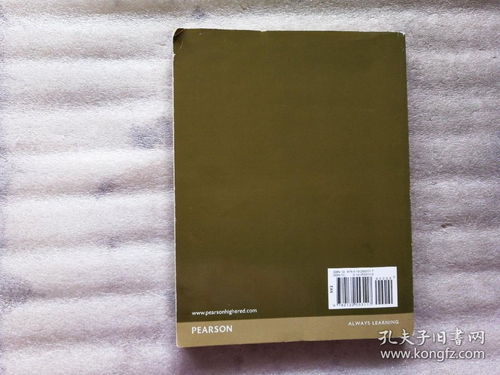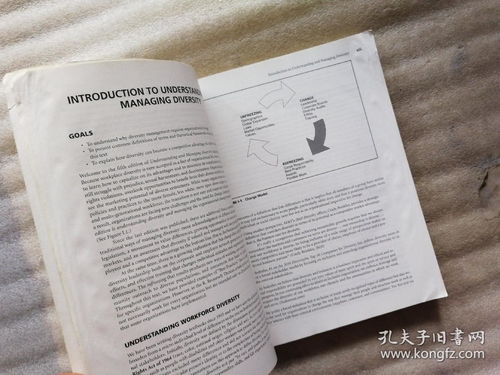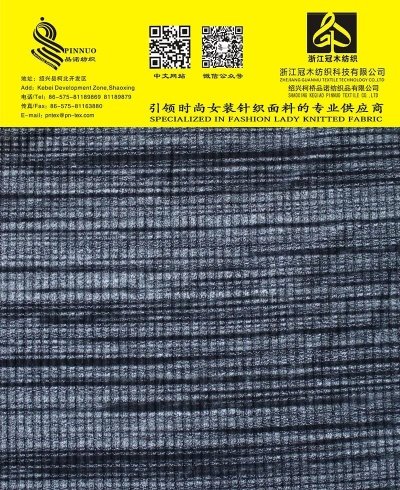Understanding and Managing the Application of Azo Dyes in Textiles
: Understanding and Managing the Application of Azo Dyes in Textiles,Abstract: This paper discusses the application of azo dyes as an essential additive in textile industries, highlighting their unique properties and benefits. The study explores how azo dyes are incorporated into fabrics, their impact on colorfastness, washability, and environmental sustainability. The paper also examines the challenges associated with azo dye usage, including toxicity concerns and the need for harmonized regulations. Emphasis is placed on innovative approaches to managing azo dyes in the light of global environmental policies. The study concludes by recommending strategies for improving dye efficiency and reducing the negative environmental impacts associated with azo dyes.
Introduction Textiles, whether they be natural fibers like cotton or synthetic fibers like polyester, are a staple part of our daily lives. However, with the increase in consumer demand for fashionable and durable products, the use of azo dyes has become a common practice in textile industry to impart color and stability to these materials. Azo dyes offer excellent fastness properties, making them an essential component of high-quality clothing and home textiles. In this talk, we will explore the importance of azo dyes in textiles and discuss their potential risks when improperly used.
Azo Dyes: An Essential Tool in Textile Coloration
Azo dyes are organic compounds that contain an aromatic ring linked to an azo group. This structure gives them unique properties including resistance to washing, chlorine bleaching, and sunlight exposure. When azo dyes are applied to textile fabrics, they form covalent bonds with the fibers, giving them a permanent color. This property makes azo dyes particularly useful for garments that need to stand up to regular wear and tear, such as work uniforms, sportswear, and outdoor gear.

However, it's important to note that azo dyes can pose certain risks if not used correctly. For one, they may release harmful chemicals into the environment during manufacturing and disposal processes, which could affect human health and ecosystems. Additionally, excessive consumption of azo dyes could lead to skin allergies and respiratory issues among consumers.
Risks of Inappropriate Use of Azo Dyes
Inappropriate use of azo dyes can have several negative consequences. One major concern is environmental pollution. The manufacturing process for azo dyes involves the use of toxic chemicals, which can contaminate waterways and soil. These chemicals can also accumulate in the food chain and pose health risks to humans and wildlife.
Another risk associated with improper use of azo dyes is the potential for chemical spillages during manufacturing or disposal. If these dyes are released into the environment, they can harm aquatic life and disrupt ecosystems. Moreover, azo dyes can also cause allergic reactions in some individuals who come into contact with them.
To avoid these risks, manufacturers must adhere to strict regulations set by government agencies and international standards. They should ensure that their production processes minimize waste and emissions while using eco-friendly materials. Additionally, consumers should be informed about the potential risks associated with azo dyes before buying clothes or textiles made from these dyes.
Case Study: Environmental Impact of Azo Dye Use in Textiles
One example illustrating the environmental impact of azo dye use in textiles is the case of the "Bangladesh Dioxin Crisis." In the late 1990s, Bangladesh became known for producing cheap, low-quality clothing using dioxin-based azo dyes. The chemicals used to produce these dyes were believed to be safe at the time, but over time, they were found to contain dioxins, a class of chemicals with potent carcinogenic effects on humans and animals.
The crisis resulted in widespread public health concerns, especially in Bangladesh. Many people reported skin rashes, headaches, nausea, and other symptoms related to dioxin exposure. Furthermore, many families lost loved ones due to dioxin poisoning. As a result, the Bangladesh government implemented measures to ban the use of dioxin-based azo dyes in textile production.
Today, there are more stringent regulations in place worldwide regarding the use of hazardous chemicals in the textile industry. Governments and organizations are pushing forward with research and development to find safer alternatives to azo dyes, reducing the environmental risks associated with these dyes.
Conclusion
In conclusion, while azo dyes offer numerous benefits for textile coloration, their proper use is crucial to minimize potential environmental and health risks. Companies that manufacture textiles should prioritize using sustainable and eco-friendly dyes, while consumers should be informed about the potential dangers associated with azo dyes. By working together, we can ensure that textile industries continue to provide stylish and durable products while minimizing our impact on the planet.

亲爱的朋友们,今天我们来聊聊一项重要的检测服务——偶氮检测服务纺织品,随着纺织品的广泛应用,偶氮检测服务的重要性日益凸显,下面,我们将通过一个案例和详细说明来为您呈现这一主题。
案例背景
近年来,随着人们对纺织品品质和安全性的关注度不断提高,偶氮检测服务在纺织品检测领域得到了广泛的应用,特别是在纺织品中检测偶氮化合物含量,为确保纺织品的质量和安全性提供了重要保障。
案例介绍
纺织品来源与质量要求
某品牌纺织品从全球各地采购,其质量要求严格,在检测过程中,发现部分纺织品中存在偶氮化合物超标的情况,为了确保纺织品符合相关标准和法规要求,需要进行偶氮检测服务。
偶氮检测服务流程
(1)样品采集与预处理:从纺织品中采集样品,并进行必要的预处理,如破碎、分离等。
(2)实验室测试:将处理后的样品送至专业的偶氮检测实验室进行测试,实验室配备了先进的检测设备和专业技术团队,能够高效、准确地进行偶氮化合物含量检测。
(3)结果分析与报告出具:根据实验室测试结果,出具详细的检测报告,报告中包含样品的基本信息、偶氮化合物含量、可能存在的其他有害物质等。
专业服务说明
先进的检测设备与技术

在偶氮检测服务中,我们采用了先进的检测设备和技术,确保测试结果的准确性和可靠性,这些设备和技术包括但不限于高效液相色谱仪、原子吸收光谱仪等,这些设备能够快速、准确地分离和检测偶氮化合物,为检测工作提供了强有力的技术支持。
专业团队与服务质量
我们的专业团队由经验丰富、技术精湛的检测人员组成,他们具备专业的检测技能和丰富的实践经验,在检测过程中,我们始终保持高度的责任心和职业道德,确保测试结果的准确性和可靠性,我们还提供24小时不间断的客户服务,随时为您解答疑问和解决问题。
英文案例说明
以下是一个英文案例来说明偶氮检测服务纺织品的重要性:
英文案例:
A case study on azodye detection service for textiles
Recently, a company has encountered a problem with some of their textiles containing excessive amounts of azodye. To ensure the quality and safety of these textiles, they have decided to engage in azodye detection service. This service involves several steps, including sample collection and preprocessing, followed by laboratory testing. The results obtained from the testing are used to provide detailed reports that include information about the sample, azodye content, and any other harmful substances present. This case study highlights the importance of azodye detection in ensuring the quality and safety of textiles.
总结与展望
偶氮检测服务纺织品是一项重要的检测服务,对于保障纺织品的质量和安全性具有重要意义,在未来的发展中,我们期待更多的企业能够重视并采用这种检测服务,以确保纺织品的质量和安全,我们也期待相关机构能够继续加强技术研发和创新,提高检测设备的精度和效率,为纺织品的质量和安全提供更加可靠的保障。
Articles related to the knowledge points of this article:
The Essential Guide to Textile Export Coding
Stylizing Success with the Timeless Legacy of Shishi Jinkai Textiles
A Glimpse into the Dynamics of Suzhou Silk and Dyeing Market
Narishima Textiles:Crafting the Perfect Blend of Quality and Style
Embracing Innovation in Textiles:The Story of Jinde Noble Textiles
The Transformative Power of Specialized Textile Treatment Devices



